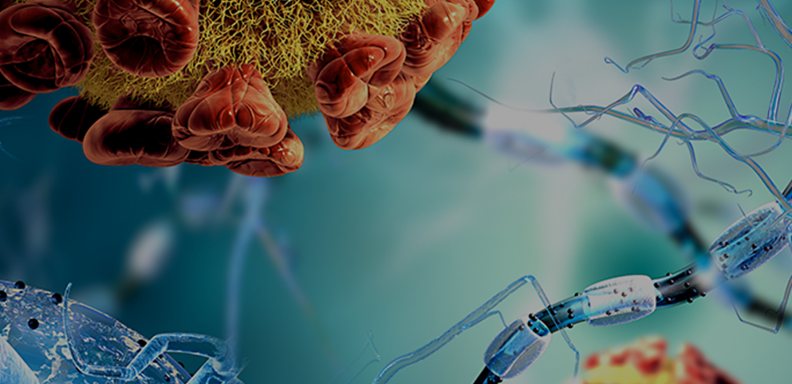Motor neurons, which connect the central nervous system to muscles and control movement, are among the most extensively studied nerve cells in biology. Much of what scientists know about motor neurons happens during their developmental stages, including their birth, migration, and formation of synapses. Many of the most devastating diseases of the motor nervous system, however, such as amyotrophic lateral sclerosis (ALS), begin during adulthood when the motor neurons are fully formed.
A new study by neurobiologists from the University of Chicago and Vanderbilt University hopes to bridge this gap by creating a complete atlas of molecular and genetic activity of adult motor neurons in the C. elegans roundworm, a classic animal model used to understand the fundamentals of the nervous system. This new atlas, when combined with existing data on connectivity among C. elegans neurons, describes a surprising diversity of different motor neuron subtypes (or subclasses), and maps out organizing principles that are conserved from invertebrates to mammals.
“If we want to understand and treat adult-onset diseases of the nervous system, we must have a blueprint of how the system is built,” said senior author Paschalis Kratsios, PhD, Associate Professor of Neurobiology and co-Director of the Center for Motor Neuron Disease (CMND) at the University of Chicago. “This paper is actually the first step in understanding – at the molecular level – a clinically relevant cell type that is attacked by adult-onset diseases such as ALS, and how diverse these motor neurons are in the adult stage of an animal.”

Paschalis Kratsios, PhD
Associate Professor of Neurobiology
Associate Professor of Neuroscience Institute
Committee on Development, Regeneration, and Stem Cell Biology
Committee on Genetics, Genomics and Systems Biology
Committee on Neurobiology
The study, “A molecular atlas of adult C. elegans motor neurons reveals ancient diversity delineated by conserved transcription factor codes,” was published February 29, 2024, in Cell Reports.
Surprisingly diverse motor neurons
Motor neurons are usually classified based on structural qualities like shape, where they live in the body, and what muscles they target. Kratsios and Jayson Smith, PhD, a postdoctoral scholar and first author of the study, worked with Seth Taylor and David Miller III from Vanderbilt University to use new single-cell RNA sequencing tools to analyze individual adult motor neurons in the roundworm. This kind of sequencing provides a snapshot of genetic expression in the cells, known as the transcriptome.
Using a sample of more than 13,000 cells, they classified the motor neurons into 29 distinct subclasses. The subclasses were organized based on distinct gene families. For example, expression of unique codes of either neuropeptides, proteins that stimulate neural activity outside the synapse, or transcription factors, proteins that control the rate and time of transcription of DNA into RNA, can distinguish one subclass from another. This molecular diversity of 29 subclasses is surprising, given that C. elegans has just 302 neurons total, including 75 motor neurons; this means that on average there are only two or three cells of any given motor neuron subclass in each worm. Future experiments are needed to discover the function of each subclass.
“Traditionally motor neurons are thought of as relatively simple. They just connect the central nervous system to the muscle, and then you get a muscle contraction,” Smith said. “Well, now we see there's all this molecular diversity by profiling the adult neurons.”
Deeply conserved organizing principles
Meanwhile, researchers at Stanford University performed single-cell RNA-sequencing on the mouse spinal cord and saw a similar level of diversity in its motor neurons. Smith and Kratsios compared the subclasses they discovered in the roundworm to the Stanford team’s findings from mice and saw that the same kind of organizing principles could apply, i.e., distinct codes of transcription factors can distinguish mouse motor neuron subclasses. This suggests that the way adult motor neurons are organized is conserved from ancient common ancestors, from simple invertebrate worms to complex modern mammals.



